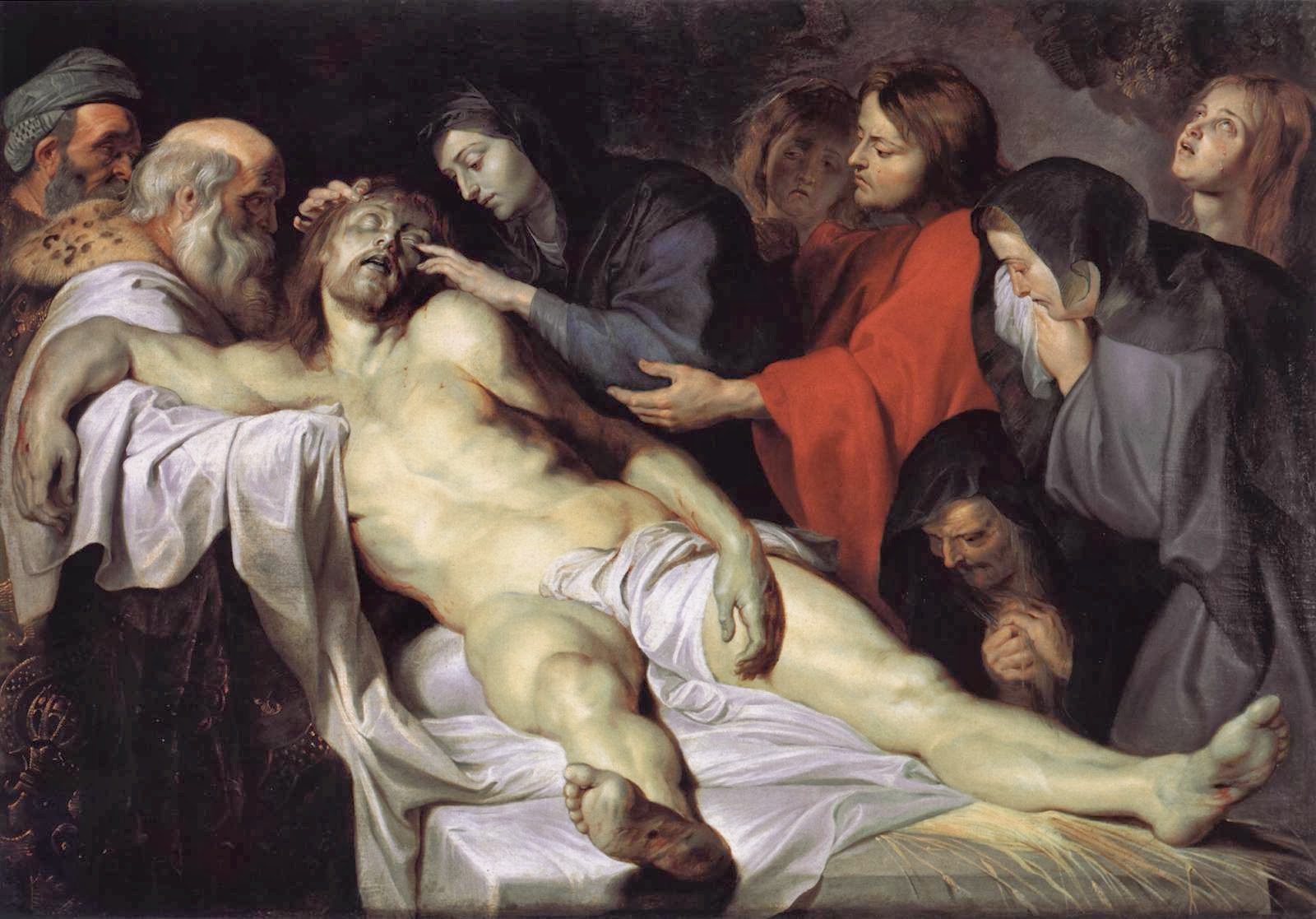Christ’s life was full of interesting moments and spectacular events. From the ascension to resurrection, artists have depicted the many marvelous stages of the Son of Man, but those moments were not all positive. Christ was scourged, mocked, crucified, and buried. Representations of these unfortunate moments are among the most popular pieces in art history, and curiosity drives one to ask why the pain of Christ was so often the focus.
The moments before Christ’s resurrection are so crucial in the Gospel story. If this pain, this humiliation and aggravation, did not happen, the story would be moot. Peter Paul Rubens is among the top painters who succeeded in portraying these critical moments in a very compelling manner. His use of tennebrism, composition, and detail of facial expressions infuse his paintings with movement Rubens asks the viewer to step in and take part in the unfolding narrative. Juxtapose these presentations with those of Edouard Manet, painter of realist and expressionistic social scenes, and one is forced to ask another question. Why are Edouard Manet’s only two religious paintings of the mocking of Christ, and a dead Christ? Was he, too, compelled by the story? If so, why were his paintings treated so differently, and with what seems like almost careless detail? Perhaps Manet was striving to show the viewer what he saw in the story. Manet’s goal, as opposed to Rubens’, was to expose the viewer to the discomfort and monumentality of these critical moments in Christ’s life.
Edouard Manet, Christ Mocked by the Soldiers, 1865
Oil on canvas, Art Institute of Chicago
This is Edouard Manet’s second religious painting, strong in composition with Christ as the center. The awkwardness of Christ’s posture draws attention to the discomfort of the moment. Soldiers with mean and condescending expressions crowd around Christ, pressing the composition in. Yet, Christ’s eyes look upward to His Father for escape from the soldiers as the viewer looks and achieves escape from the tight composition. The manner in which the paint is applied, thick in layers and in line, also directs one toward the clumsiness of the soldiers’ poking and prodding at the Son of God. Christ’s body is also rendered clumsily, and lacks the idealistic quality so often portrayed in religious paintings. This too points towards Manet’s goal of discomfort of the viewer.





No comments:
Post a Comment